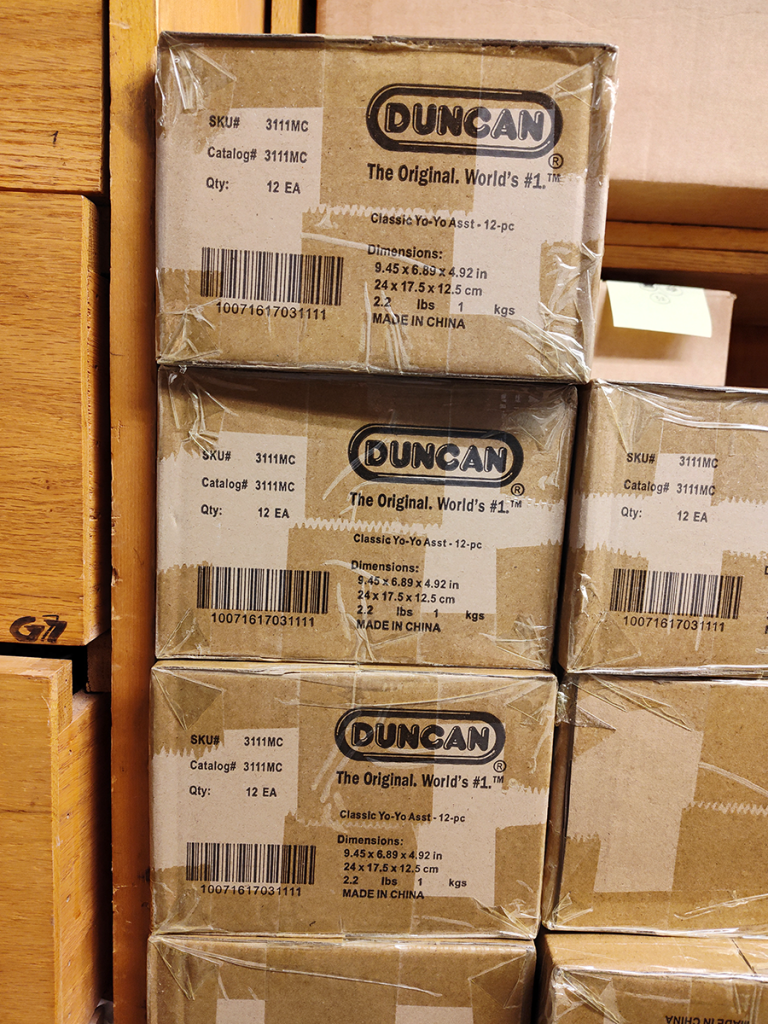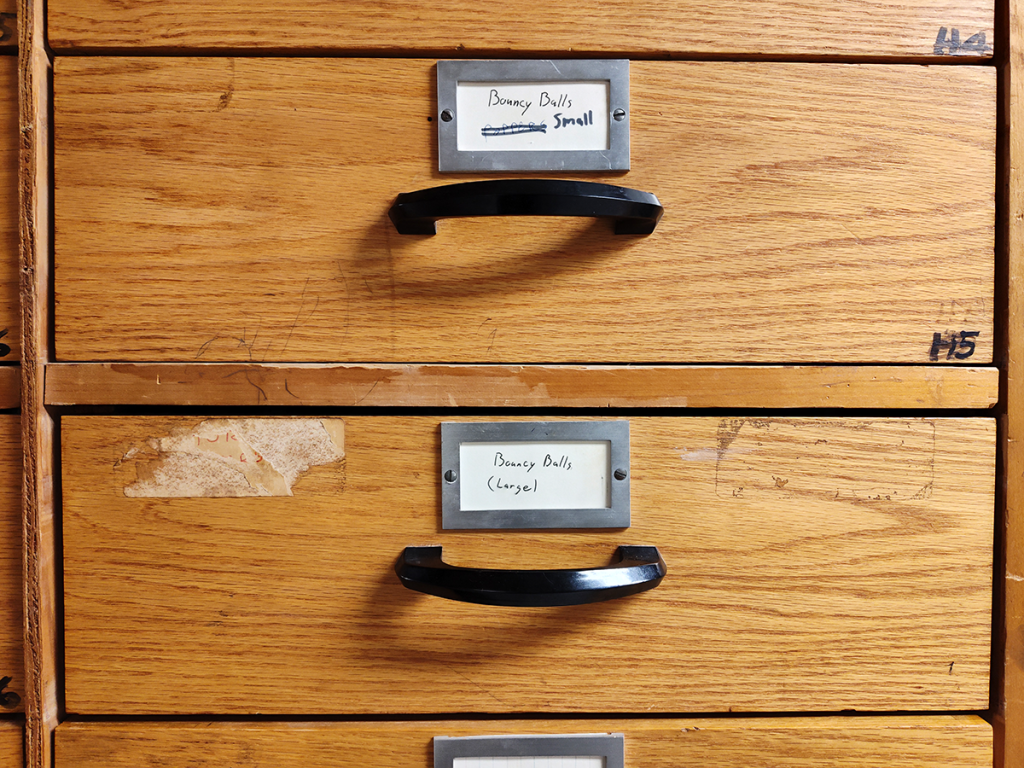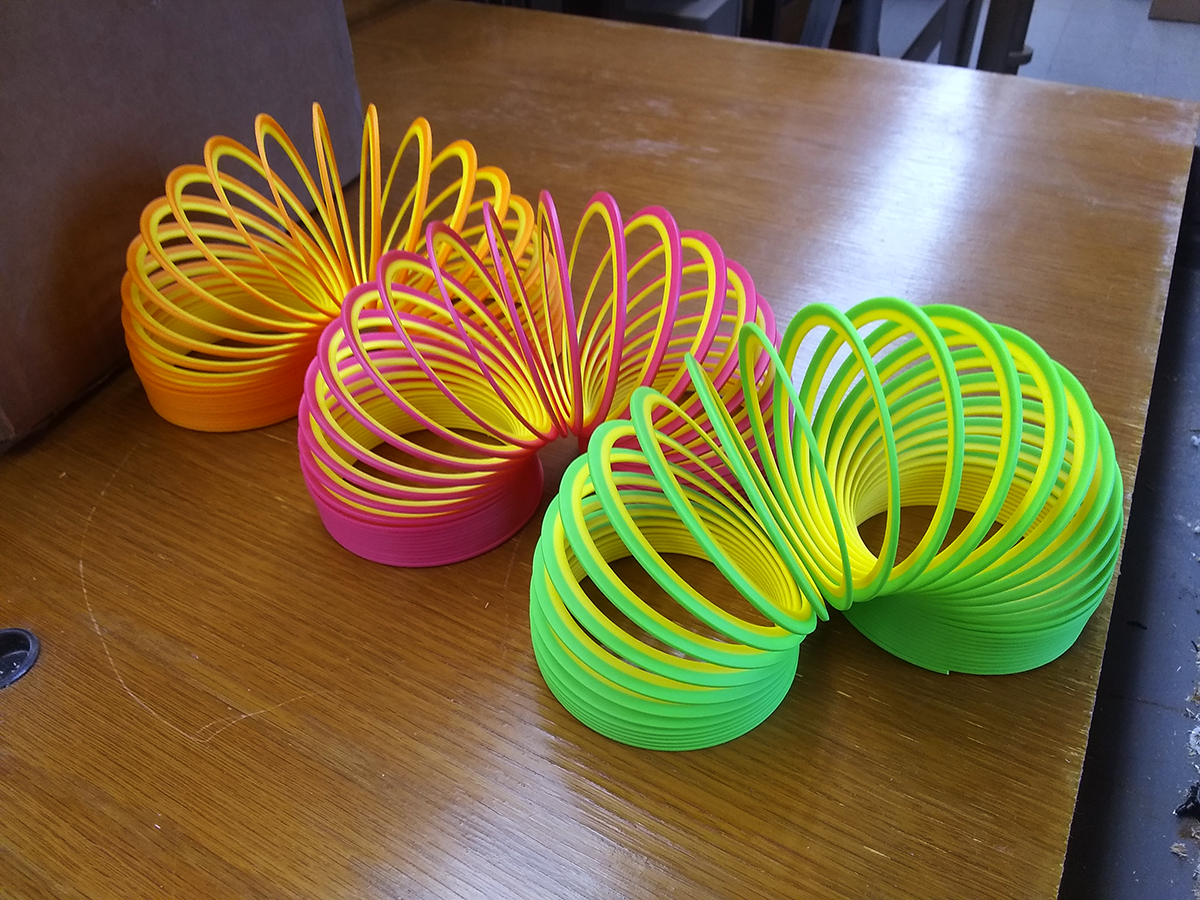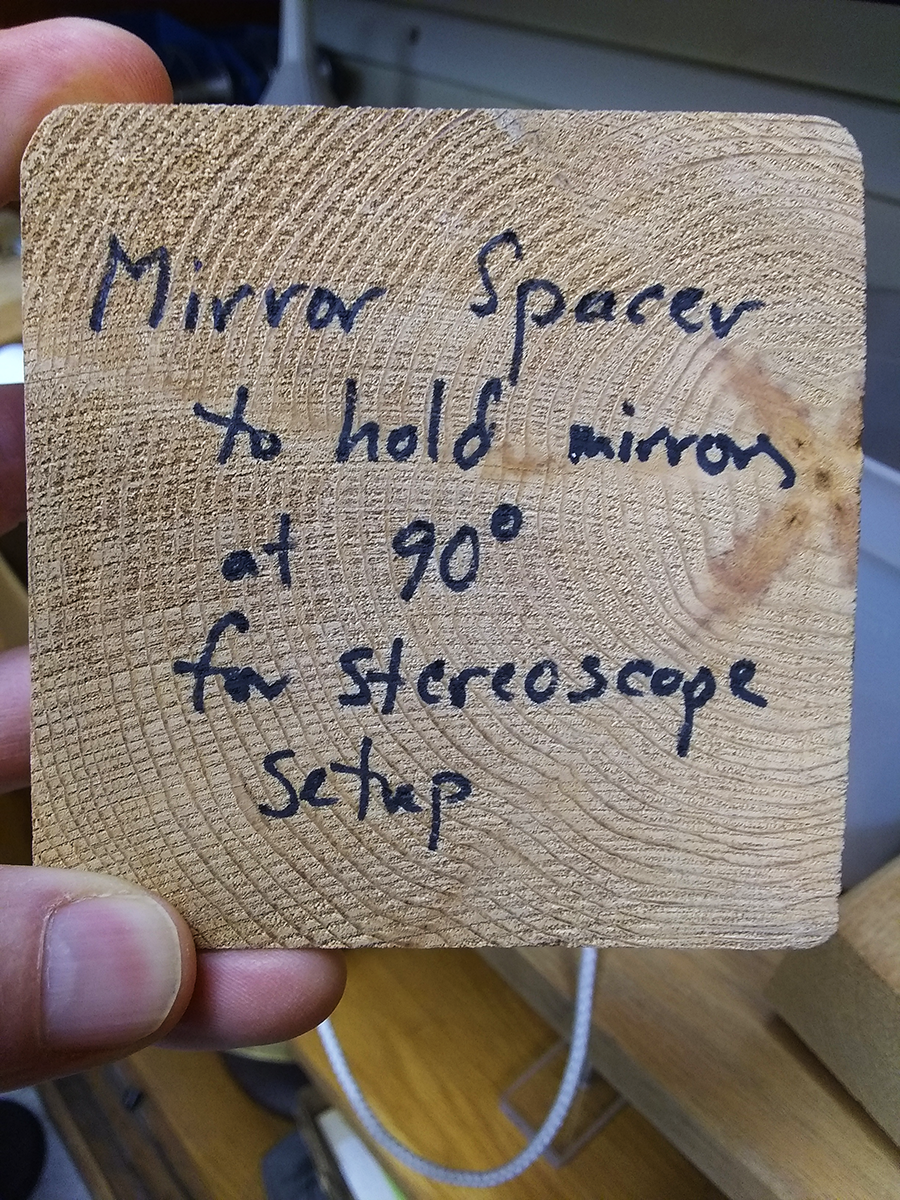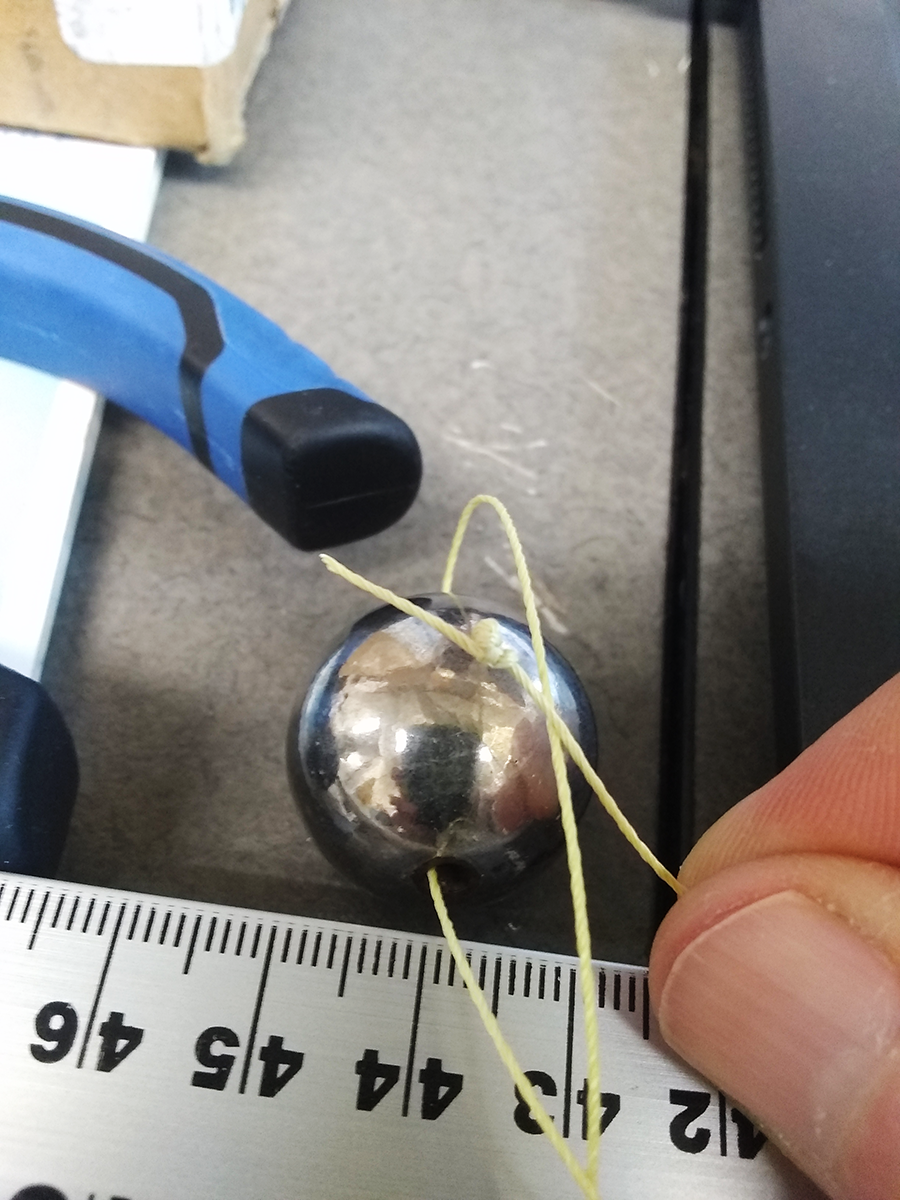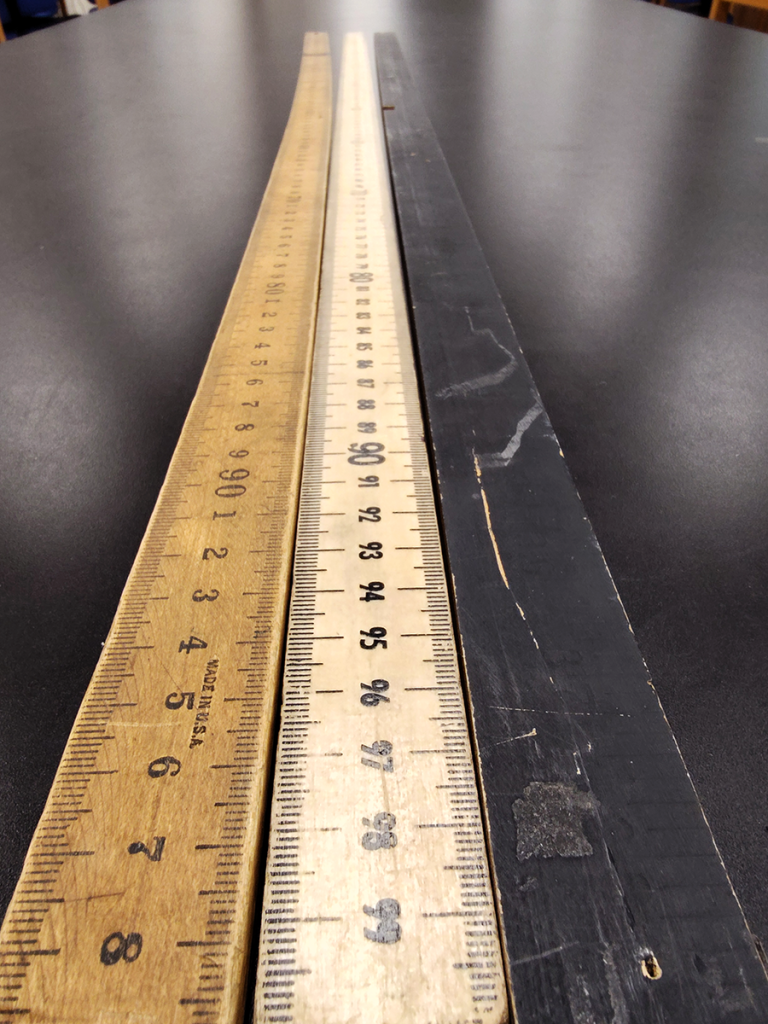
In our Physics & Astronomy labs, we use metersticks with great frequency. Often for measurements, sometimes to approximate distances that make the arithmetic easier, and occasionally as a handy tool for pointing to the projector screen.
They aren’t super-high precision any more than the rulers you remember from elementary school, and for that we have other tools. Sometimes, as you can see above, the years have warped and twisted things a bit. We adjust.
As you might expect, they offer metric distances on one side, inches and feet on the other. The best ones – the oldest set – were long ago painted black to conceal those SAE units. Clearly, someone grew weary of students measuring everything in inches and then complaining that the math wasn’t working out right.


